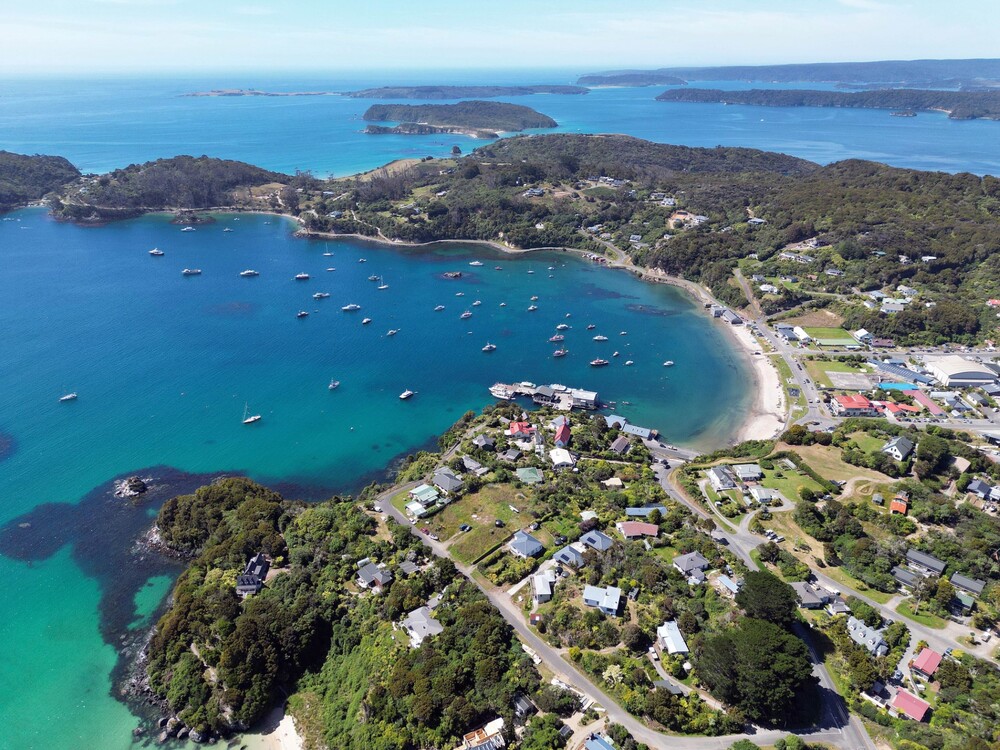Fears mice have arrived on Stewart Island/Rakiura
Local Democracy Reporter
19 February 2024, 1:10 AM
 The inclusive image of a possible mouse captured on trail cameras. Regional council Environment Southland says it's investigating the potential mouse sighting alongside its partner agencies. Photo: Supplied/Predator Free Rakiura/Manaaki Whenua.
The inclusive image of a possible mouse captured on trail cameras. Regional council Environment Southland says it's investigating the potential mouse sighting alongside its partner agencies. Photo: Supplied/Predator Free Rakiura/Manaaki Whenua.An image of a possible mouse caught on Stewart Island/Rakiura pest monitoring cameras has sparked concern the rodents may have found their way across Foveaux Strait.
Despite rats and other pests being present on Rakiura, mice are not known to have established themselves there.
An Environment Southland report released this month said staff were working with the Department of Conservation following “inconclusive mouse images” taken on trail cameras last year.

Stewart Island/Rakiura pictured from the air. Although the island is home to pests such as rats, feral cats and hedgehogs, mice have struggled to establish themselves. Photo: Stephen Jaquiery/ODT.
The regional council had been unable to conclude if the image was that of a mouse or small rat.
“The images in question were captured by Predator Free Rakiura as part of their hedgehog monitoring programme,” Environment Southland biosecurity and biodiversity operations manager Ali Meade said.
“Environment Southland has analysed the imagery and is investigating the possibility of a mouse sighting alongside our partner agencies.”
Rats and mice are omnivorous meaning they prey on both native plants and animals, Meade said.
Because of this, they had the ability to significantly impact ecosystems by consuming seeds, insects, eggs and fauna.
“If our investigations conclude that mice are present on the island, they would put additional pressure on the native ecosystem."
Predator Free Rakiura said mice had been known to eat bird chicks and competed with native species by eating many of the same foods including seeds and invertebrates.
They also had the capacity to form large populations by multiplying quickly.
The organisation said mice were not one of its target species because there was no confirmation they had an established presence on the island.
There had been anecdotal sightings from time-to-time, particularly around Oban, but it was common belief they had struggled due to predation from rats.
“Predator Free Rakiura is keen to understand whether there may be a ‘hidden’ population of mice, because if we eradicate our target species then we could create the ideal environment for the mouse population to increase - and they are a predator themselves,” a spokesperson said.
Following the discovery of the potential mouse, Predator Free Rakiura sent the images to Environment Southland in view of the council’s responsibility under its own Regional Pest Management Plan.
Introduced in 2019, the plan covers pest plants, animals and marine species.
One of its aims is to keep mice off Stewart Island/Rakiura.
LDR is local body journalism co-funded by RNZ and NZ On Air
Reporter: Matthew Rosenberg


